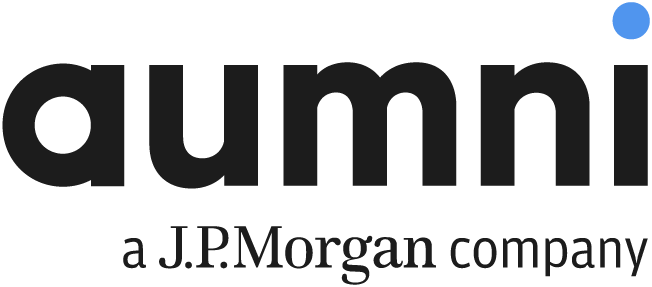
Deeper Knowledge of Your Co-Investor Network Can Drive Your Investment Strategy
Jul 26
•
Finance
•
Nicole Davis
According to Private Equity International, Triago puts co-investment, separate accounts, and direct investments at $206B in 2019, of which 32% (~$66B) is co-investment capital. Furthermore, private markets firm Capital Dynamics found that, for funds launched between 1998 and 2016, 60% of co-investment funds delivered a higher net internal rate of return compared to single-sponsor funds.
There’s significant power created by the network effect of engaging with co-investors in a familiar arrangement. When planning investment strategy for future deals, having a thorough understanding and quick access to your firm’s history with co-investors can be very valuable.
Learning from your co-investors
Leveraging your co-investor network, particularly those who have a similar profile and investment thesis, can serve as a significant knowledge-sharing opportunity. There can be tremendous benefit from offering your time and testing ideas with like-minded investors to gain a broader perspective on the market and develop new benchmarks to track. These can be simple questions, such as: What characteristics do you care about most in a leadership team? How do you approach diligence and when do you feel certain about offering a term sheet? How do you determine your term limits when you are preparing for a negotiation? Gaining insights based on input from your peers can help you establish clear investment objectives that save time and money. Simply organizing and prioritizing your co-investor network relationships increases your efficiency and your sophistication around deals.
Elevating confidence within your co-investor network
As a gateway to involvement in the best deals, your co-investor network can refer you to LP’s that are drawn to your thesis. Working with a new LP you’ve met by approaching successful past co-investors can shorten the diligence period and open doors to other new contacts. This has parallels with the process of hiring – employment referrals are considered to be much safer hires than employment candidates who do not have a tie to a trusted network member. When you know that you have had a positive experience with an investor in the past, there’s more confidence in the arrangement. Familiarity and a generous relationship with co-investors allow for a more trusted connection with LPs who already have experience with your co-investors but may not (yet) invest with your firm.
If you’ve co-invested together multiple times on favorable deals, that’s a pattern you may want to continue. It may even be a selling point for considering a future deal with a successful repeat co-investor – perhaps they are seeing something you didn’t catch? Whatever it is about the combination of your firms – e.g., strong operational resources coupled with solid product guidance for the company – having a pattern of successfully building companies together is an incentive to co-invest.
Leveraging data to amplify network effects
With the right context created by data, you can amplify network effects to lower your risk without lowering your return. After all, how do you prioritize a network of hundreds of funds and investors that are going to be co-investors with you in an active portfolio? Having a data-driven approach to the understanding of your most successful co-investment partnerships and opportunities is the key to solidifying your hunches, giving you a reason to trust your judgment.
For example, Aumni automates the process of identifying co-investors with whom you are earning the highest returns. You can create a co-investor report for any particular fund and sort the deals by the highest multiples. For any particular financing, you can access the company information and view the entire co-investor list and do so via the investor's table as well. Isolating your successful investments and then looking at the co-investor list from that lens is an immensely useful data point that can drive critical decisions for your firm.
There are several ways to harness Aumni’s data gathering and automation capabilities to generate successful future co-investment opportunities. They include:
- Determining how many times you have invested alongside a specific co-investor.
- Identifying who the major investors are and their ownership percentages for any given deal (on the portfolio company level).
- Identifying your fellow board members in portfolio companies where you have a controlling seat.
- Sorting past co-investors by industries to create sector-specific networking opportunities.
(Image: Example Aumni Co-Investors Report)

Quick access to your firm’s historical co-investment trends, parsed and presented to optimize your view of relevant insights, can illuminate “the big picture” and inform key aspects of your future investment strategy. Even one data-based co-investor connection can be particularly fruitful and make a significant impact on planning. Whether you’re identifying which co-investors are most likely to participate in a particular follow-on investment or exploring what successful collaboration might look like in the future, data-driven knowledge is power.
To learn more about the Aumni Co-investor Reporting capabilities, please click here.

.jpg)
.jpg)
.jpg)